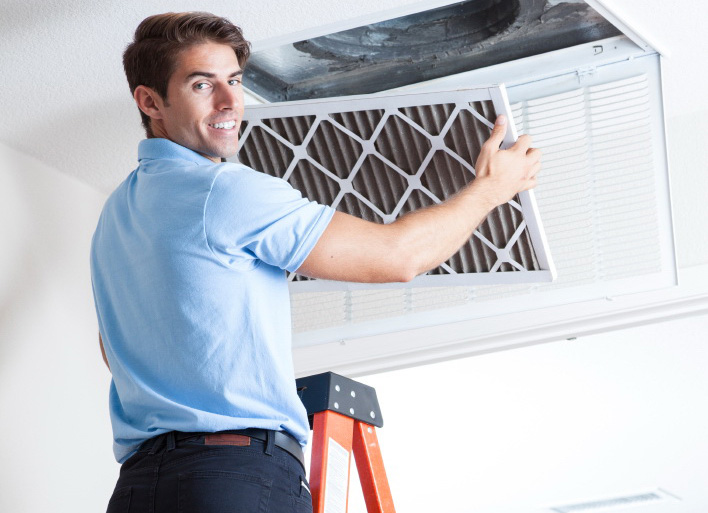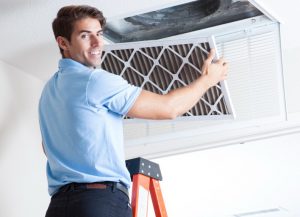
Energy efficient home design relies on effective building envelopes and as these get tighter, some concerns are being raised about poor indoor air quality. This has led many construction professionals to add mechanical ventilation to their designs. You may question why the cost of mechanical ventilation can’t be mitigated by less insulated building envelopes, but the need for ventilation is not about infiltration. When you look at the sources of poor indoor air quality, you can see that leaky homes don’t necessarily have cleaner air.
professionals to add mechanical ventilation to their designs. You may question why the cost of mechanical ventilation can’t be mitigated by less insulated building envelopes, but the need for ventilation is not about infiltration. When you look at the sources of poor indoor air quality, you can see that leaky homes don’t necessarily have cleaner air.
Causes of poor indoor air quality
Poor indoor air quality should be of great concern, but reducing the efficacy of your building envelope is not the right solution. The EPA touts poor indoor air quality as one of the top five health hazards in North America and says most buildings have indoor air that is two to five times more polluted than outdoor air. The contributing elements are legion:
- Chemical off-gassing from furniture, carpets, paints and just about everything else
- Air fresheners and cleaning products
- Mold and mildew
- Building materials
- Radon, lead and asbestos
- Termiticides and other insect poisons
- Dust and pollen
These pollutants can result in a wide range of symptoms including fatigue, allergies, skin irritations, nose, throat and eye irritations, headaches, nausea and respiratory ailments.
Improve your indoor air quality
Choosing the right rate relies on so many factors, that it really should be up to your design and construction professionals to advise you on what suits your needs best.
Alison Bailes from Vanguard Energy has this to say on rates: “I think most people would say that a home with 3 air changes per hour at 50 Pascals (the pressure used during a blower door test, abbreviated ACH50) is definitely tight enough to require a mechanical ventilation system. If the home leaks at the rate of 20 ACH50, a ventilation system sized to ASHRAE 62.2 levels would be swamped by infiltration much of the time.”
Leaky homes don’t improve indoor air quality. Providing an effective building envelope still takes precedence but, where indoor air quality is poor, a mechanical ventilation system is a must for the health of building occupants. Work with your design professional to test indoor air accurately and create a filtration systems that suits the needs of your building.
